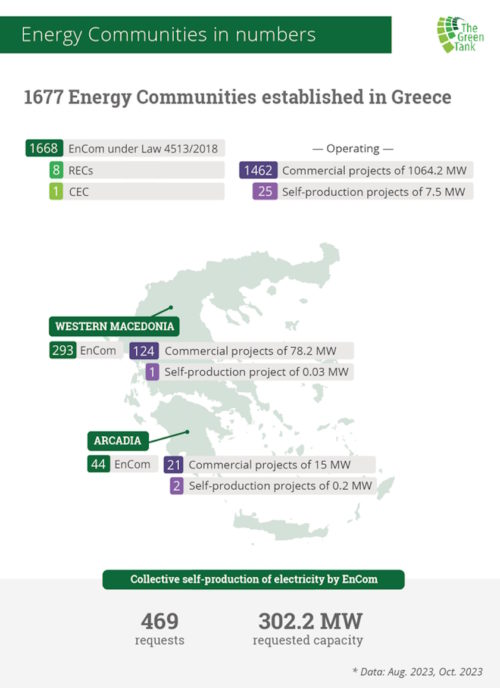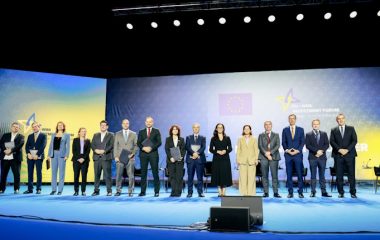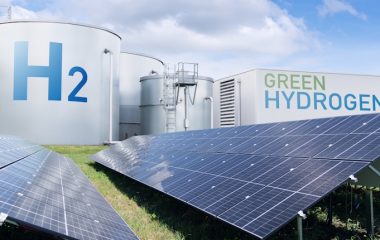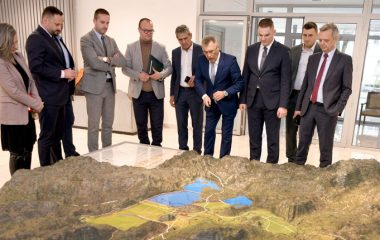
Photo: iStock
The number of commercial and self-production energy community projects in Greece reached 1,487. Total capacity has topped 1 GW, but the latter, non-commercial category makes up only 0.7%.
Grid availability is one of the biggest issues on a global level for companies developing renewable electricity projects, but also for citizens eager to install such systems to cover their own consumption. Greek organization Green Tank published an overview of the energy communities scene in the country, pointing to the effects of the changes to the rules that were rolled out in March.
A positive development is the priority given to self-production under the new legislative framework, as 2 GW of grid space and public resources have been reserved for such projects, the report reads.
The new law has split the segment into renewable energy communities and citizens’ energy communities
The same law limits the possibility of distributing the surpluses of renewable energy communities (REC) and citizens’ energy communities (CEC) among members to 20%, aiming at restricting the hijacking of the institution of energy communities for profit making, the authors stressed.
The two categories were introduced by the new legislation. Both kinds can be founded by individuals, local and regional authorities and agricultural and civil cooperatives, but RECs are also for small and medium-sized enterprises and non-profits. A renewable energy community can only operate within one region, unlike CECs. The former type can share electricity and act against energy poverty. Specific activities of citizens’ energy communities include the provision of flexibility, balancing and energy efficiency and electric vehicle charging.
Energy communities as defined by the previous law can’t be registered anymore. Eight RECs and one CEC were founded so far.

Only 25 non-commercial projects have been materialized
There were 1,677 energy communities registered in Greece in October or 18.6% more than in November 2022.
Up to August 2023, energy communities filed a total of 6,304 commercial and self-production project requests for connection at low and medium voltage, with an overall capacity of 4.9 GW or 4.7% more than in November 2022. Among them, 1,487 projects have been electrified nationwide, with a combined capacity of 1.07 GW, a rise of 34.3% from November last year.
But the operating capacity run by energy communities in the self-production category was just 7.5 MW in August. There were 25 of them. The number of requests quadrupled to 577 from last November to August, as did the total capacity in the segment, to 350 MW.
In comparison, the capacity of all operational self-production installations in Greece, which include ones owned by individuals, businesses, farmers and municipalities, grew by 94.5% to 337.5 MW.
Energy communities of citizens need to be given priority
Grid space and resources must be evenly distributed among the different categories of self-consumers; priority should be given to energy communities established by households-citizens, as they have difficulties in accessing bank loans and other financial resources, the organization said.
Excluding the projects that can’t be connected because of grid unavailability, 631 MW in capacity is pending
It should be noted that 2,341 requests for 1.85 GW in total have been canceled through August, mostly by the developers themselves. It is 78% more than at the end of November 2022, leaving 2,476 pending requests for an overall 1.98 GW. But two thirds can’t be connected because of grid unavailability. The remaining pending capacity is therefore 631 MW from 826 projects.
Among the requests for commercial projects at low and medium voltage, only 23 are for wind farms and biogas, biomass and combined heat and power (CHP) plants, with a total requested capacity of 43.5 MW. Only one is operating within the mechanism. It is a 500 kW biogas facility in Epirus. Ten requests are for wind farms, with an overall capacity of 31.6 MW.
The existing virtual net-metering projects, the non-commercial ones, are only for photovoltaics.









Be the first one to comment on this article.